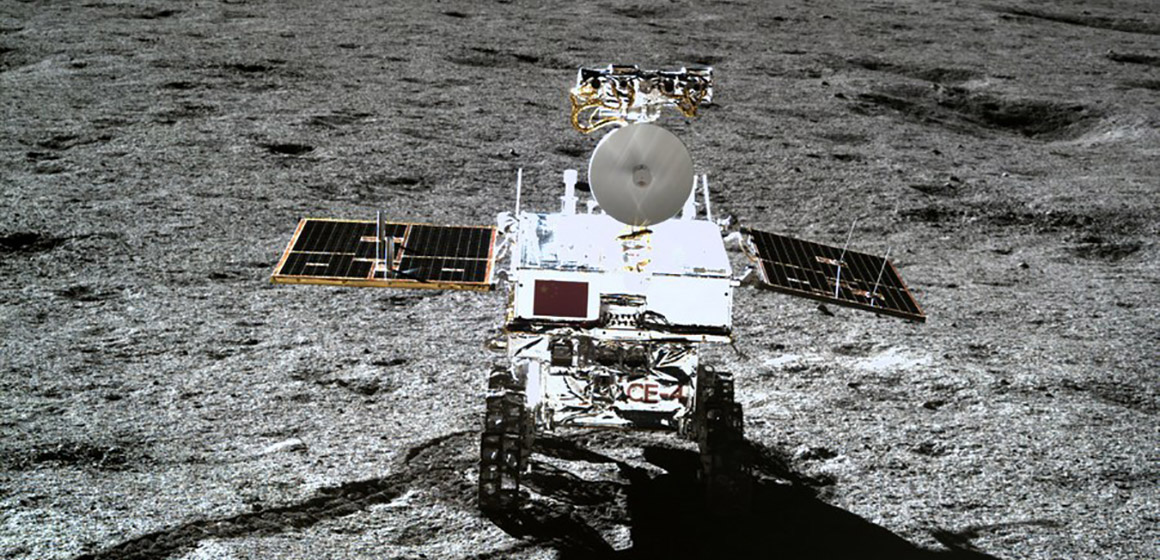India’s Moon rover has been powered down and put into sleep mode following its successful completion of two weeks of assigned tasks. The Indian space agency, ISRO, announced on Saturday that the rover has entered sleep mode, with charged batteries and the receiver activated, in the hopes that it will awaken for its next phase of work.
ISRO expressed optimism for a successful awakening, stating in a post on the X platform (formerly Twitter), “Hoping for a successful awakening for another set of assignments! Else, it will forever stay there as India’s lunar ambassador.”
The decision to put the rover into hibernation mode was made as the lunar day was drawing to a close. The day Chandrayaan-3, the lunar mission, landed on the Moon (August 23) marked the beginning of 14 Earth days of sunlight. On September 6, night will fall on the Moon, and the lander and rover batteries will not receive a charge for the subsequent 14 Earth days.
This move is part of ISRO’s efforts to extend the operational life of the Chandrayaan-3 lander and rover, which were initially expected to function for only one lunar day, equivalent to around 14 Earth days. The spacecraft’s electronics are not designed to withstand the extremely low temperatures that occur during the Moon’s nighttime, which can drop as low as -120 degrees Celsius (-184 degrees Fahrenheit). However, ISRO believes there is a possibility that the electronics can survive the cold temperatures and self-power once sunlight becomes available again.
During its active phase, the Pragyan rover traveled over 100 meters (330 feet) and confirmed the presence of various elements, including sulphur, iron, and oxygen, on the Moon, according to ISRO.
The southern region of the Moon where Chandrayaan-3 successfully landed was previously unexplored. ISRO’s achievement not only made history but also placed India in the elite group of countries that have successfully landed on the Moon, including the United States, China, and the former Soviet Union. The landing of Chandrayaan-3 sparked widespread celebrations in India and prompted the country to open up its space industry to private players.
Following this remarkable feat, ISRO achieved another successful launch on Saturday, sending the Aditya-L1 spacecraft to study the Sun and observe solar winds that can cause disturbances on Earth, commonly seen as auroras. As the spacecraft embarks on its 1.5 million-kilometer (930,000-mile) journey, ISRO provided updates on Sunday, stating that the spacecraft remains in a healthy state.

